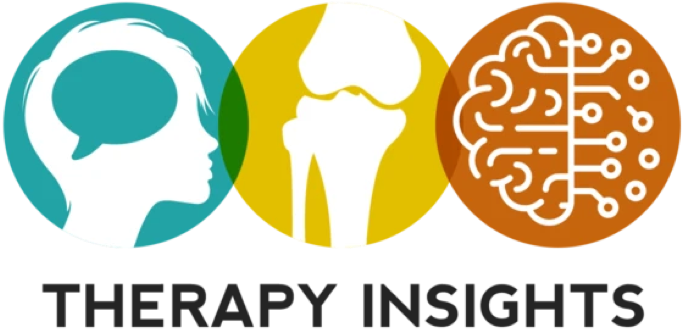Clinical Reference
Swallowing in the Supine Position: A Clinical Decision-Making Guide
Print Resource
— US Letter — 2 pages
AdultSLPDysphagia
This resource equips SLPs with practical tools to navigate the complexities of swallowing in the supine position, balancing patient safety, quality of life, and individualized care goals. With case-specific insights and adaptable strategies, it supports collaborative decision-making to address both medically necessary and therapeutically beneficial supine swallowing scenarios.
